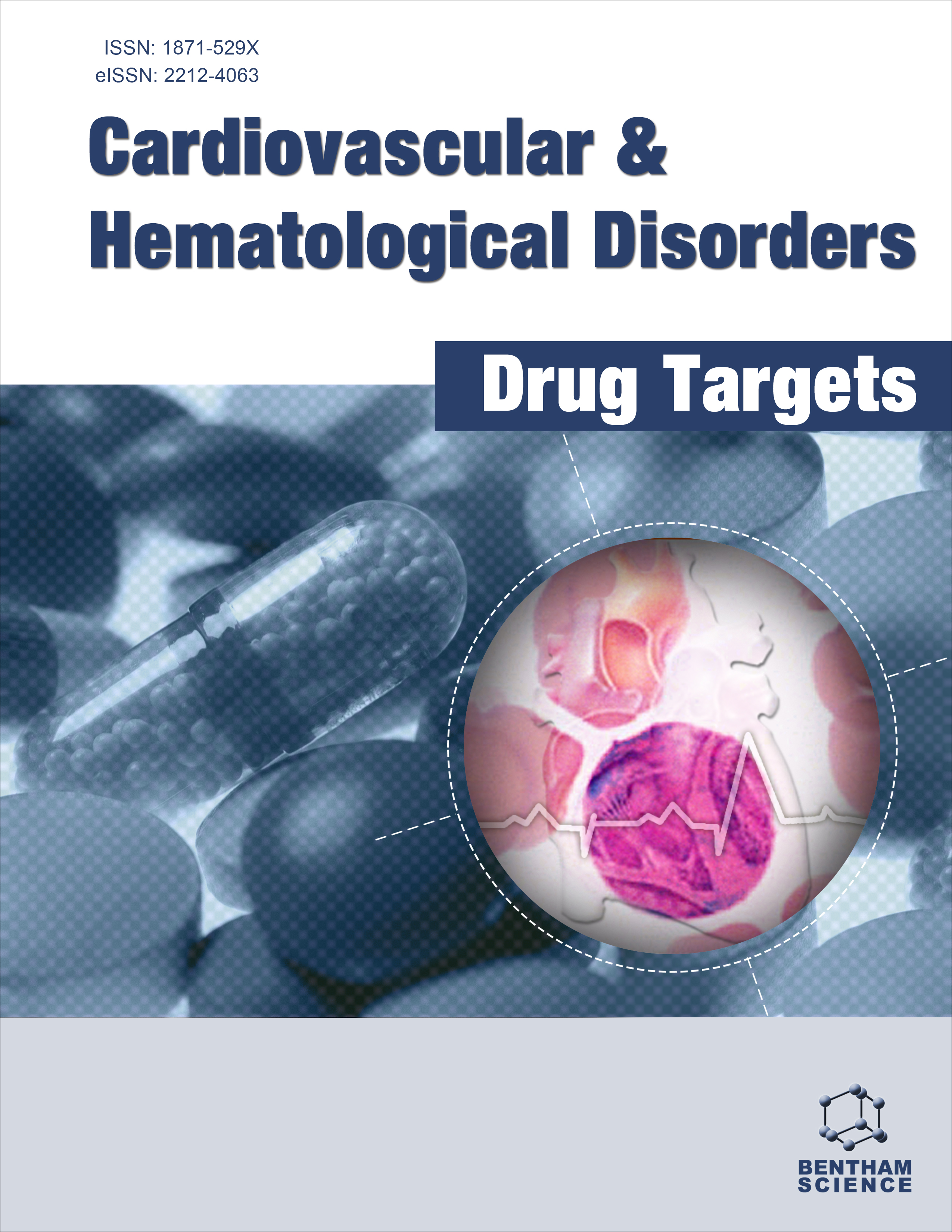
Full text loading...
We use cookies to track usage and preferences.I Understand
This review aims to comprehensively analyse the fear of eating behaviour in individuals with diabetes, known as diabulimia or ED-DMT1. The emotional and psychological factors contributing to disordered eating behaviours, their impact on diabetes management, and potential consequences on physical health are explored. Various therapeutic interventions, including cognitive-behavioural therapy and psychological support, the role of nutrition education, individualized treatment plans support groups in managing fear of eating behaviour in diabetes are examined and discussed.
A comprehensive literature search was conducted to identify relevant studies, articles, and guidelines related to fear of eating behaviour in diabetes. The search included databases such as PubMed and Google Scholar using appropriate keywords.
The review highlights the emotional and psychological factors that contribute to the fear of eating behaviour in diabetes, including body image concerns, fear of weight gain, and disordered eating patterns. These behaviours can significantly impact diabetes management, leading to poor glycaemic control, increased risk of complications, and reduced overall well-being. Various therapeutic interventions, such as cognitive-behavioural therapy and mindfulness-based interventions, have shown promise in addressing the fear of eating behaviour.
A multidisciplinary strategy combining healthcare specialists specializing in diabetes management, mental health, and nutrition is required for effective therapy of fear of eating behaviour in diabetes. Cognitive-behavioral therapy and mindfulness-based therapies, as well as psychological support, have shown potential in reducing the fear of eating habits. This analysis gives significant information for healthcare providers to help patients with diabetes who are afraid of eating and urges additional research on the topic.

Article metrics loading...

Full text loading...
References


Data & Media loading...

